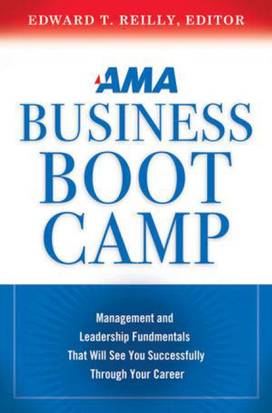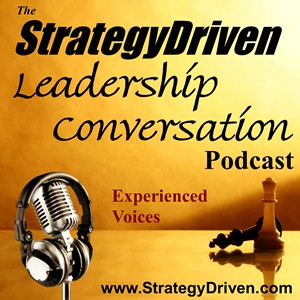System Approval by the CEO

Hi there! Gain access to this article with a StrategyDriven Insights Library – Total Access subscription or buy access to the article itself.
| Subscribe to the StrategyDriven Insights Library
Sign-up now for your StrategyDriven Insights Library – Total Access subscription for as low as $15 / month (paid annually). Not sure? Click here to learn more. |
Buy the Article
Don’t need a subscription? Buy access to Organizational Performance Measures Best Practice 20 – System Approval by the CEO for just $2! |
Additional Information
Additional information on driving organizational alignment and accountability through performance metrics can be found in:
Articles
- Make the Mission Measurable
- Prioritize the Mission
- Organizational Performance Measures – Vertical Cascading
- Organizational Performance Measures – Horizontally Shared
StrategyDriven Podcasts
- Make the Mission Measurable
- Prioritize the Mission, part 1 of 2
- Prioritize the Mission, part 2 of 2
- Vertically Cascading Organizational Performance Measures, part 1 of 3
- Vertically Cascading Organizational Performance Measures, part 2 of 3
- Vertically Cascading Organizational Performance Measures, part 3 of 3
- Horizontally Shared Organizational Performance Measures
StrategyDriven Podcast – Video Edition
Whitepaper
Model
About the Author


 While management observation programs serve many purposes, they primarily exist to drive achievement of the organization’s goals in a manner consistent with its values. These formal, documented observations accomplish this by shaping and reinforcing personnel behaviors critical to supporting excellent operational performance. To provide adequate coverage, these observations should be performed on a recurring, situational, event, and random basis.
While management observation programs serve many purposes, they primarily exist to drive achievement of the organization’s goals in a manner consistent with its values. These formal, documented observations accomplish this by shaping and reinforcing personnel behaviors critical to supporting excellent operational performance. To provide adequate coverage, these observations should be performed on a recurring, situational, event, and random basis. Well-crafted strategic and annual business plans provide a sense of purpose and direction. They establish the operations and initiative activities the organization will implement in order to achieve defined outcomes. Furthermore, these business plans serve as a communications mechanism to drive alignment of management decisions and employee actions to the effective and efficient achievement of the organization’s mission goals. (See StrategyDriven article,
Well-crafted strategic and annual business plans provide a sense of purpose and direction. They establish the operations and initiative activities the organization will implement in order to achieve defined outcomes. Furthermore, these business plans serve as a communications mechanism to drive alignment of management decisions and employee actions to the effective and efficient achievement of the organization’s mission goals. (See StrategyDriven article, 
 StrategyDriven Leadership Conversations focus on the values and behaviors characteristic of highly effective leaders. Complimenting the StrategyDriven Management & Leadership articles, these conversations examine the real world challenges managers face every day that are not easily solved with a new or redesigned process and instead demand the application of soft leadership skills to achieve a positive outcome.
StrategyDriven Leadership Conversations focus on the values and behaviors characteristic of highly effective leaders. Complimenting the StrategyDriven Management & Leadership articles, these conversations examine the real world challenges managers face every day that are not easily solved with a new or redesigned process and instead demand the application of soft leadership skills to achieve a positive outcome.
 Robert Thompson, author of
Robert Thompson, author of